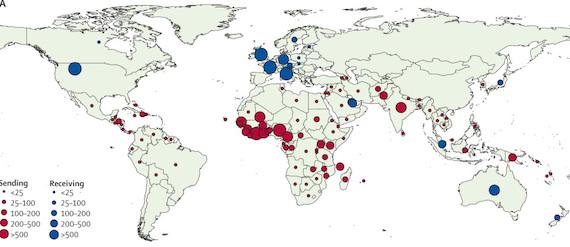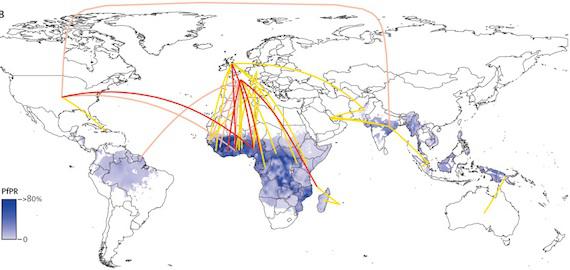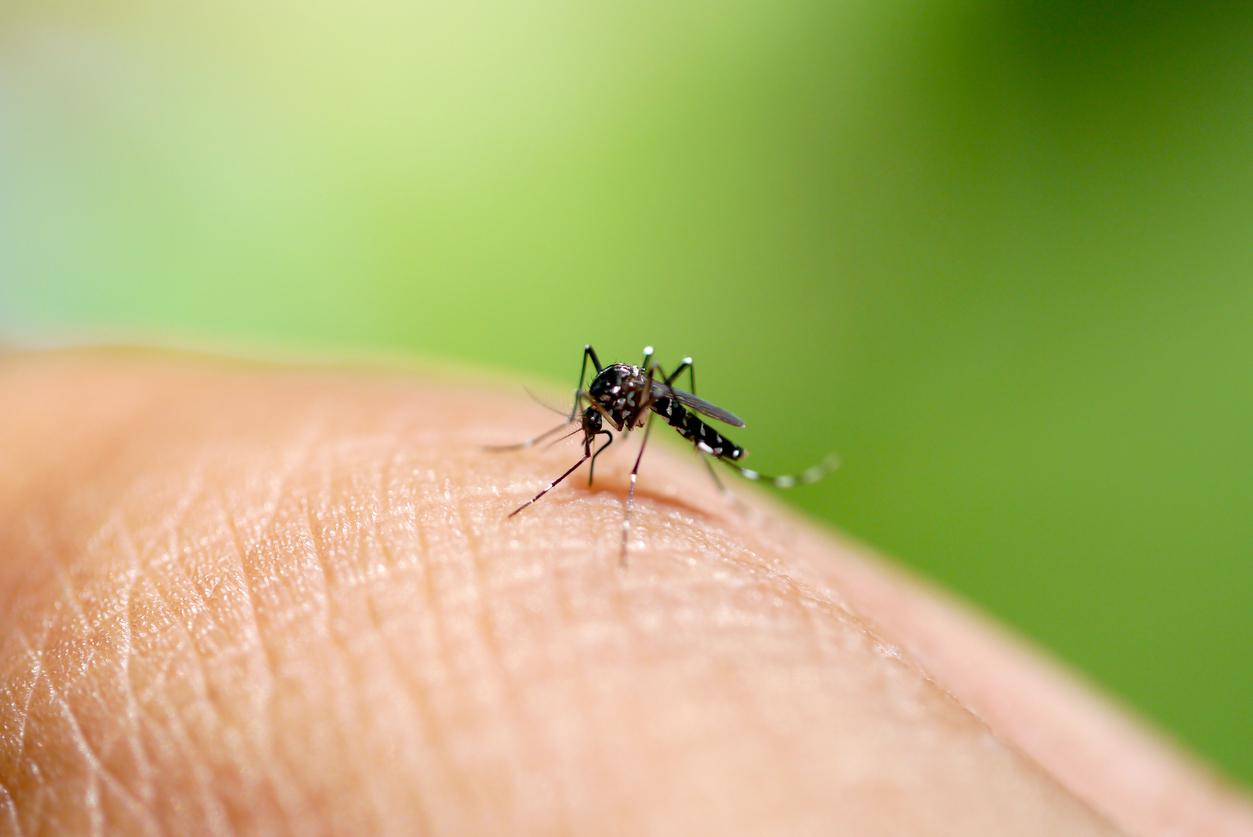Along with the United Kingdom, France has the largest number of imported cases of malaria. Most of them come from Mali, Niger and Chad.

France and Great Britain have the largest number of imported malaria cases in the world, reveals an international study published in The Lancet Infectious Diseases. Results which confirm that infectious diseases are no longer confined to endemic countries, and that all countries in the world can be threatened.
To reach this conclusion, researchers at the University of Southampton (Great Britain) modeled the importation of the parasites responsible for malaria from the countries affected by this disease to some forty countries considered free between 2005 and 2015. They are are based for this on the data reported by each State bringing together more than 50,000 cases.
France is the most affected
In ten years, nearly 14,000 people infected in endemic regions have traveled to Europe or North America, and more than half of these cases have come from West Africa. Every year, some 4,000 patients have visited France (2,169 cases on average each year) and Great Britain (1,898 people). Next come the United States (1,511 cases detected), Italy (637) and Germany (401).

Source: Average annual case exported or imported between 2005 and 2015. University of Southampton
By mapping these population movements, the researchers were also able to highlight the factors influencing these flows to one country or another. They explain in fact that the history, the economy, the cultural links or the languages shared with the former colonies play a key role in these displacements. In fact, France rather welcomes Malians, Nigerians and Chadians, while migration to the United Kingdom comes from Nigeria, Ghana and Kenya.

Source: Connections between endemic and malaria-free countries. University of Southampton
Risk of epidemic in non-endemic countries
“Imported cases of malaria can be expensive to treat, they contribute to the emergence of resistance to treatment, and can lead to epidemics locally and challenge our ability to eradicate the disease,” comments Andrew Tatem, professor of geography at the University of Southampton. This work provides a better understanding of the movements of the infected population and those of the parasites, which will improve elimination strategies ”.
Moreover, these detected imported cases are the tip of the iceberg. In fact, in endemic regions, part of the population is an asymptomatic carrier. However, if the latter are bitten by a mosquito vector of the disease, the insect can transmit the pathogen to a large number of people.
In 2015, more than 3 billion people, almost half of the planet, were exposed to malaria. Almost 214 million people have been infected and 438,000 have died.

.














